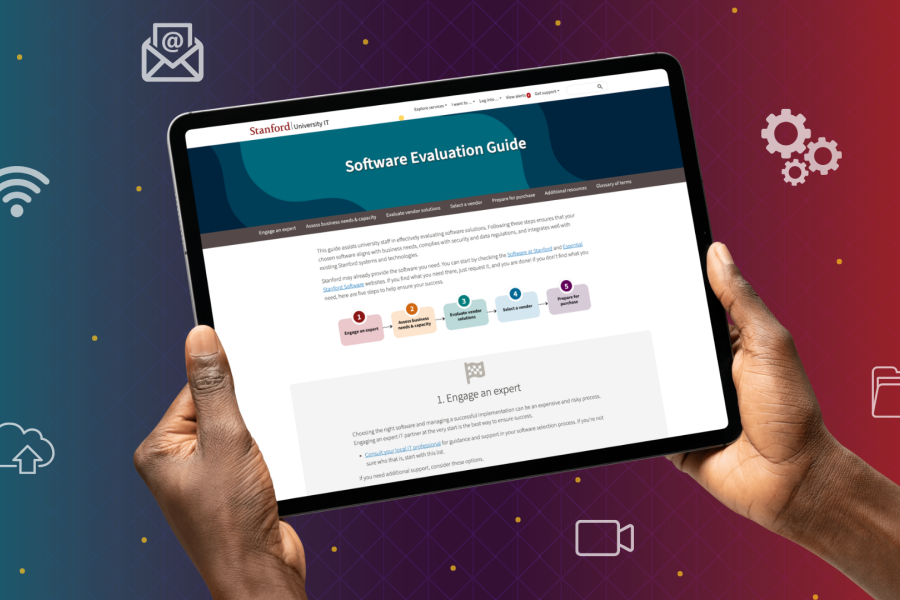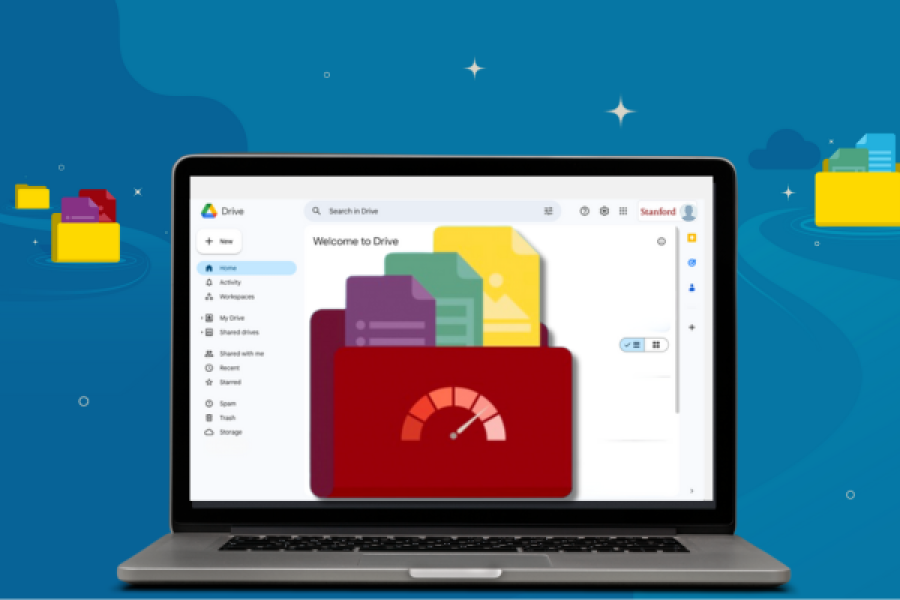The Information Security Office (ISO) is alerting us to a recent phishing scheme that has targeted the Stanford community with offers of a fictitious work-from-home job opportunity.
Phishing continues to be the greatest threat to our privacy and security today, so please remain vigilant. Case in point: over the past year, more than 330 SUNet passwords were compromised via phishing.
UNICEF Job Scam
The recent phishing scam claims to be soliciting applications for a part-time position with UNICEF, a humanitarian aid organization. The phishing emails featured the UNICEF logo and were sent from compromised SUNet accounts. Following through with the fraudulent employment offer results in compromised personal information and potential financial loss by the victims.
The phishing message typically contains the following text:
Subject: Unicef Job
I am sharing job opportunity information to students and staff who might be interested in a paid UNICEF Part-Time job with a weekly pay of $500.00 (USD).
Attached is further information about the employment schedule, If interested, kindly contact Dr. Laurent Benoit (proflaurentbenoit@unicef-jobs.com) with your alternate non-educational email address I.e. Gmail, Yahoo, Hotmail, etc.) for details of employment.
N.B, This is strictly a work-from-home position.
You can view a sample of the full phishing email and attachment.
If you receive this message, please report it immediately as a phishing scam by using your Phish Reporter Button. If you don’t have the Phish Reporter Button, you can forward the email message as an attachment to spam@stanford.edu.
What to do if your account is compromised
- Change your Stanford account password as soon as possible. If your account has already been locked, call the University IT (UIT) Service Desk at x5-HELP (650-725-4357) to have your password reset and your account re-enabled.
- Change your password for any other accounts – Stanford or personal – that have the same or similar passwords.
- If your email account contains High Risk Data, report the potential privacy incident to the University Privacy Office.
How to protect yourself from phishing
- Be wary of unsolicited or unexpected emails, even if they appear to be from someone you know. Forward suspected phish to spam@stanford.edu or use the Phish Reporter Button. ISO analyzes submitted messages and takes actions to protect Stanford and other recipients.
- Familiarize yourself with examples of phishing campaigns that have jeopardized numerous Stanford accounts.
- Use a password manager to maintain a strong and unique password for each of your accounts. The university provides a password manager to you free of charge.
- Simplify logins and minimize the use of your Stanford username and password by using Cardinal Key.
Learn more
- Understand how Stanford’s phishing awareness program works.
- Review how to avoid identity theft.



